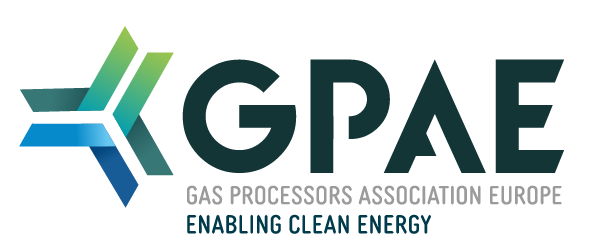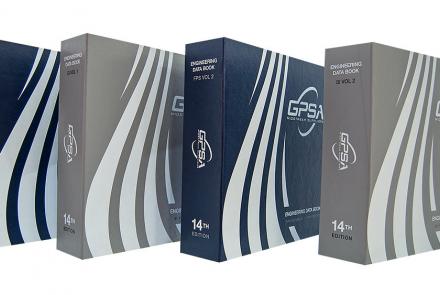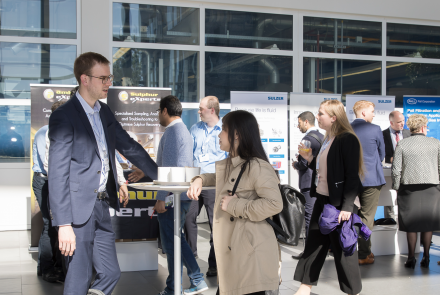Order your copy of the The GPSA Engineering Databook. The 14th edition is almost 1,000 pages of technical information and is the worldwide authoritative resource for technical and design information.
Challenges Related to Optimized Membrane Modules for Natural Gas Sweetening
May-Britt Hägg, Department of Chemical Engineering, NTNU. Norway
Commercial membrane modules for natural gas sweetening are either made as spiral-wound membranes (Cellulose acetate and derivatives) or hollow fibres (polyimides). New materials with optimised separation properties for CO2 removal from natural gas are continuously in focus for research. For several materials such as Nan composites, facilitated transport membranes, carbon membranes both high selectivities and high permeance for CO2 are documented on laboratory scale. Increased separation properties will reduce membrane area and loss of methane. The challenge is to upscale the membrane from laboratory to pilot scale due to the lack of facilities and funds.
The preferred configuration for membrane modules are hollow fibre due to their high packing density (permeation area). If the optimised separation properties are obtained in laboratory on flat sheet membranes, the challenge to convert to hollow fibres is significant – even with the same type of material. Durability of the membrane material towards components like H2S and higher hydrocarbons may easily be tested out on lab-scale, but life time has to be tested on pilot scale. Last but not least, high pressure test rigs are usually restricted with respect to where they can be placed.



